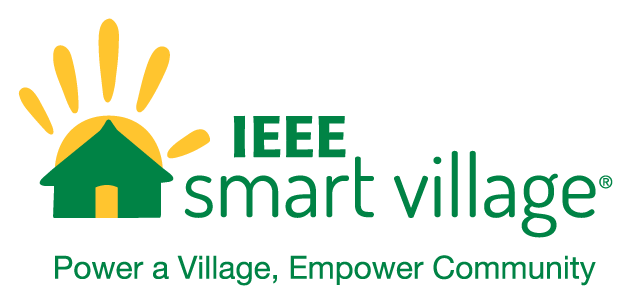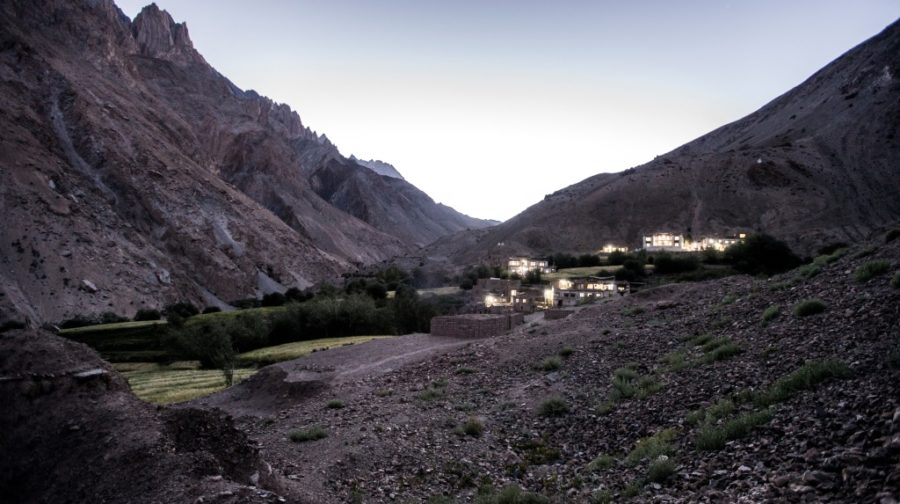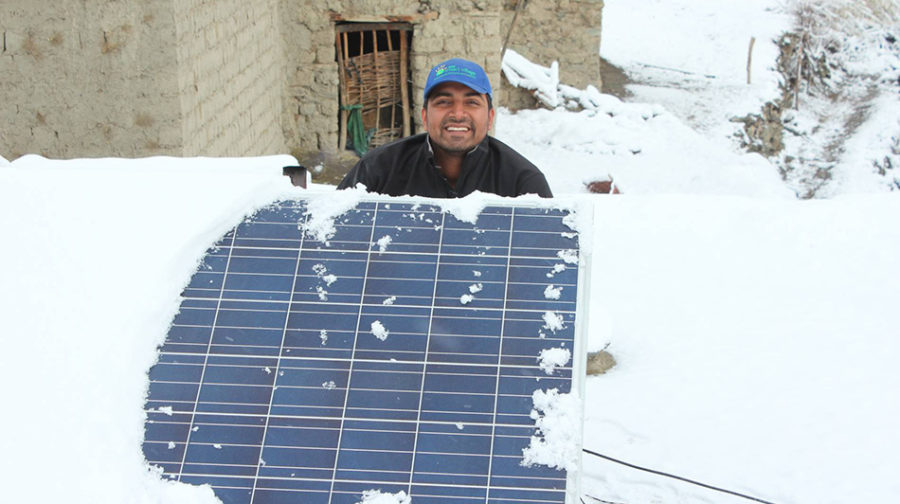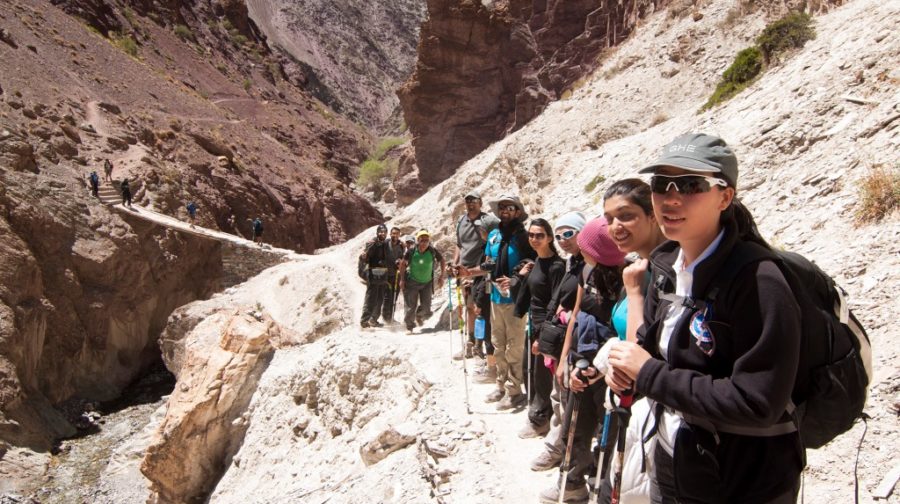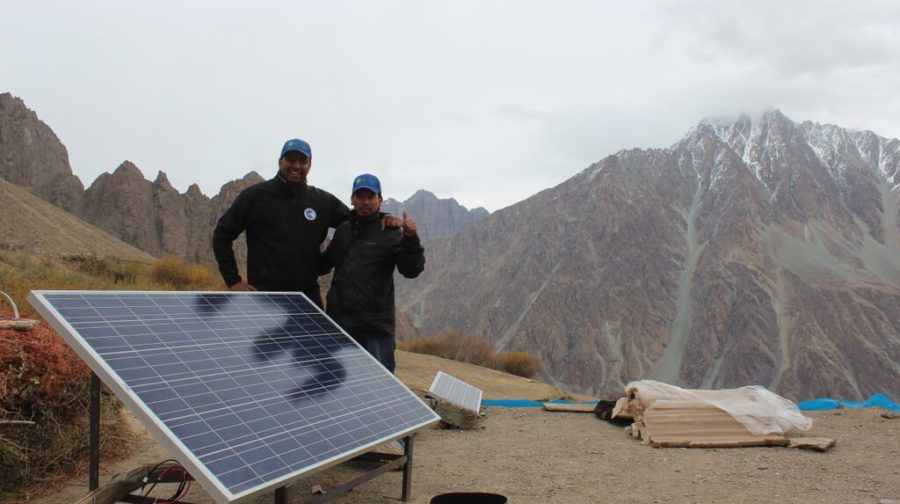Testimonial of Paras Loomba in India
This past August, an international cast of volunteers, including IEEE members, helped bring a solar-powered microgrid to Shingo, an ancient village nestled in Hemis National Park in the high-elevation Rumbak Valley of Ladakh, under the banner of my organization, Global Himlayan Expeditions. This locale is in farthest northern India, where the Kuen Lun mountains meet the Himalayas.
The IEEE Smart Village Initiative has supported my mission and we are currently formalizing ties between us so that we can move forward on our next project to bring electricity to another village in remote Ladakh.
Getting the equipment there required a score of volunteers from Denmark, Peru, Oman, Singapore, India, Germany, Kenya and the United States to march for three days out of Leh, India, crossing 16,500-foot Gandala Pass en route. The first night in Shingo we spent in darkness as we designed the system for the various households. From the second night onward, we had light – the first-ever, sustainable electric-powered light to grace this remote valley, where snow leopards still roam.
Rural, DC-powered microgrids provide an excellent, environmentally friendly alternative for off-grid communities with low capital investment and ease-of-setup. These systems range from 250 watts (W) to 500 W in capacity and provide basic, LED-based lighting and recharging devices to perhaps 30-40 families each.
The business model is equally flexible. These microgrids can be operated by a designated village entrepreneur or cooperative, village-based group that collects monthly rental fees from each household. To sustain operations, the village entrepreneur or the group’s designee is trained to perform technical maintenance during microgrid downtime.
In the entrepreneur model, the entrepreneur pays off the system over two to three years to eventually own the system. Or the group collects monthly fees into a village development account, which is used for local economic development and future maintenance of the microgrid.
The villagers use electricity to gain access to education, healthcare and create livelihoods in exchange for a monthly rental fee or in-kind services to fellow villagers, depending on the locally chosen business model. To create a DC-based device ecosystem, we have also designed 6W BLDC fans and modified DC LED TVs.
The lights and amenities powered by the microgrid enable villagers to host foreign trekkers passing through Shingo, a vital rest stop for those headed up west towards Zanskar or north towards Markha Valley. Trekkers will pay to stay in local homes, supporting sustainable economic development. We are expect this will increase income to at least 20,000 rupees (about $306 USD) per family each tourist season.
Last year, we brought a similar electrification system to the 11th century village of Sumda Chenmo, also in Ladakh, also under the banner of GHE.
It may be difficult for outsiders to appreciate the potential revolution such systems could provide. India has the world’s second-largest population but 70 percent live in rural areas, most without any access to the country’s electric grid. Extending the grid to regions with low population and potentially low electric loads is capital intensive, time-consuming and, ultimately, may not make sense in terms of investment priorities. The falling cost of solar panels, the efficacy of a small, DC-based microgrid and ease-of-setup and use make our solution both “do-able” and increasingly popular.
In terms of design, the microgrids have centralized solar photovoltaic (PV) panels and lead-acid battery storage, the latter sized to provide two days’ electricity without recharging. This configuration can serve numerous households, each with 7.5 watts(W) loads, within 100-150 meters of the solar panels/storage devices. Households are connected to power via 2.5 millimeter (mm) copper wire and each has two 3W LED bulbs (6W) and one mobile device charging point (1.5W). The microgrid operates for six hours after sunset and one hour before sunrise.
